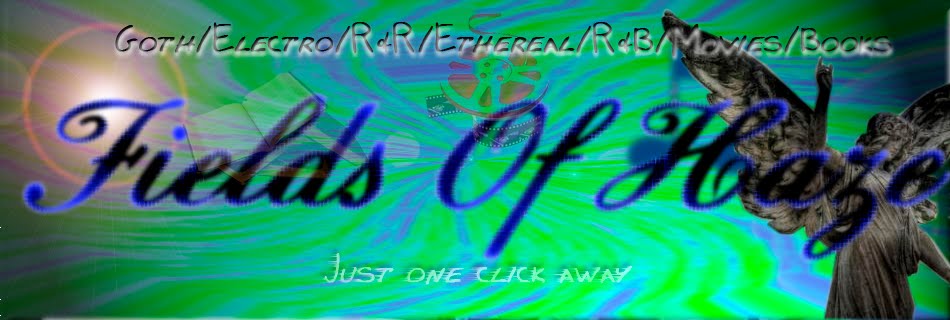Genere: Pop/Rock.
Style: New Wave, New Romantic, Synth Pop
Similar artists: Simple Minds, Human League, Japan.
Recording year: EMI, 1984.
The story of Talk Talk begins with singer/songwriter Hollis, the younger brother of Ed Hollis, a disc jockey and producer who went on to manage such punk-era bands as Eddie & the Hot Rods. Mark originally planned to become a child psychologist, but in 1975, he left university to relocate to London, eventually forming a band called the Reaction; Ed Hollis called in a few favors, and in 1977, the Reaction recorded a demo tape for Island Records. Among the tracks was a Hollis original titled "Talk Talk," which later surfaced on the Beggars Banquet punk compilation Streets. After just one single, 1978's "I Can't Resist," the Reaction disbanded, and through his brother, Hollis was first introduced to bassist Paul Webb, drummer Lee Harris, and keyboardist Simon Brenner, with whom he formed Talk Talk in 1981.
After recording a number of demos with producer Jimmy Miller, Talk Talk signed to EMI, who assigned Duran Duran producer Colin Thurston to helm their first two singles, "Mirror Man" and "Talk Talk." Clearly, EMI's intent was to mold the band in the spirit of the new romantic movement, and toward that end, they also tapped Talk Talk as the opener on Duran Duran's 1982 U.K. tour. Their debut LP, The Party's Over, was indeed a product of its times, defined by contemporary synth pop sensibilities but with an honesty and lyrical depth absent from most other records of the moment. In 1983, Talk Talk resurfaced with the single "My Foolish Friend," which in itself marked a major leap from the first record with its denser and more mature sound; the subsequent dismissal of Brenner made it plain that the band's days of relying on synthesizers were over for good.
After an unremarkable debut, Talk Talk regrouped and refashioned themselves more in the style of sophisto-era Roxy Music while developing their own voice. It's My Life shows a great leap in songwriting, the band making highly personal statements with a sexy, seductive groove and a diversity that transcends the synth pop tag. Synthesizers still play a dominant role, but the music is made far more interesting by mixing "real" instruments and challenging world music rhythms seamlessly with the technology. Still pulling off the catchy single (like "Dum Dum Girl" and the title track, as well as the simply sublime "Does Caroline Know?") on It's My Life, Talk Talk also proved themselves capable of achieving a cohesive album -- a rare feat for the time and an unexpected surprise from a band that seemed to be simply a bandwagon-jumper.
Fields Of Haze... Underground for all.


 Download
Download
 Download
Download
 Download
Download





















